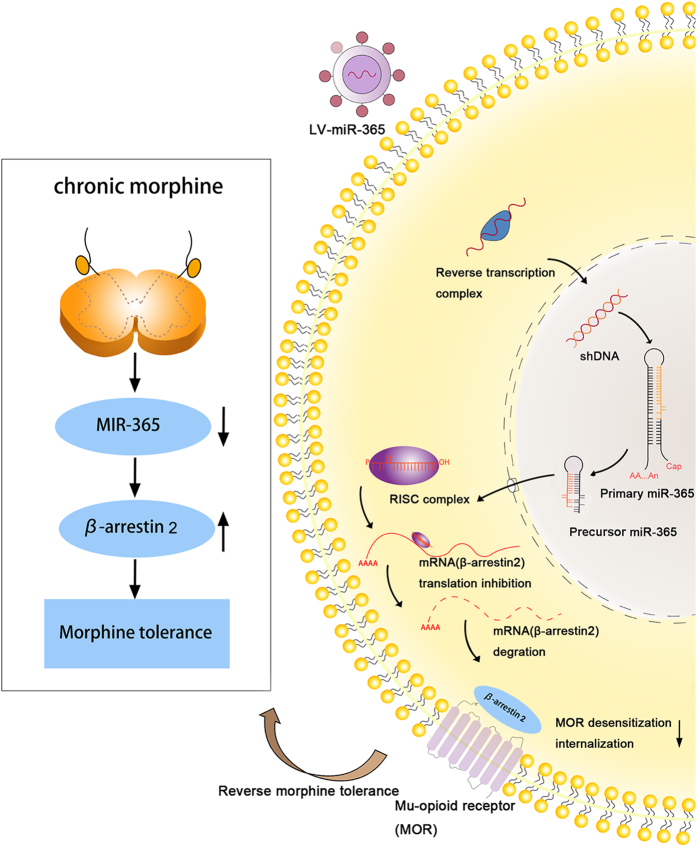Figure 6. Schematic diagram for the proposed mechanism of morphine tolerance regulation by miR-365.
Left panel: Chronic morphine infusion sets up a cascade of events that lead to decreased levels of miR-365 and increased expression of β-arrestin 2, which ultimately causes morphine tolerance. Right panel: After a host cell is infected with a lentivirus, the viral genome is integrated into the host genome in the nucleus to yield primary-miR-365. Primary-miR-365 is processed to yield premature-miR-365, which is exported to the cytoplasm where mature miR-365 is generated and incorporated into the RISCs that are programmed by microRNA. This leads to inhibition of expression of host mRNAs (β-arrestin 2) in the cytoplasm of the infected cell. Decreased expression of β-arrestin 2 attenuates morphine tolerance. RISC = RNA-induced silencing complex, miR = microRNA.

